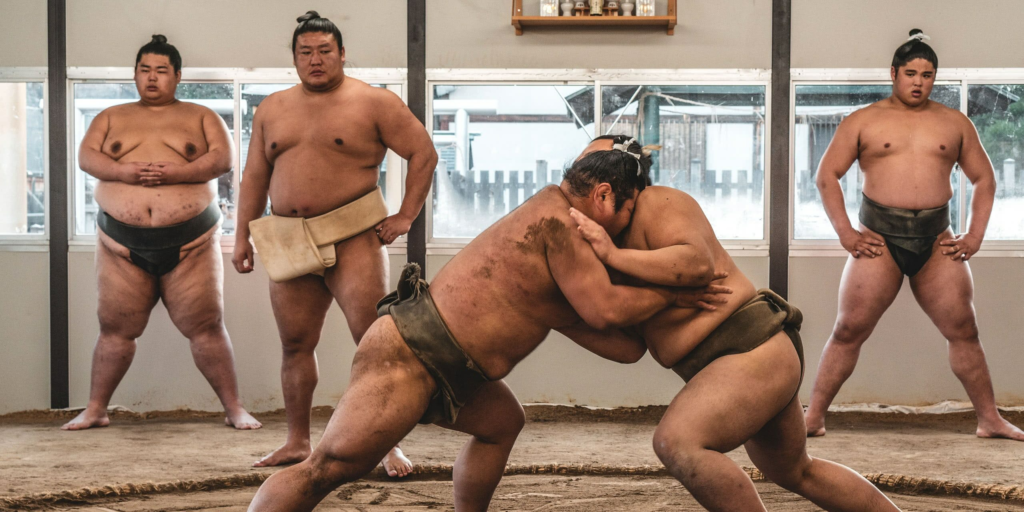Sumo: Japan’s Ancient Sport Still Packs a Punch in 2025
If you think sumo wrestling is just big guys in diapers shoving each other around, think again. As of March 29, 2025, this ancient Japanese sport is alive, kicking, and way more fascinating than you might expect. I recently caught a glimpse of a tournament highlight reel, and let me tell you—sumo’s mix of raw power, deep tradition, and surprising agility hooked me instantly. Here’s why sumo’s still a heavyweight champ in the world of sports.

Roots That Run Deep
Sumo’s been around for over 1,500 years—yeah, you read that right. It started as a Shinto ritual to entertain the gods and pray for good harvests. Picture this: massive wrestlers stomping the ground to chase off evil spirits, tossing salt to purify the ring (called a dohyo), all under a roof mimicking a shrine. That sacred vibe still lingers today, even as it’s evolved into a pro sport. The Japan Sumo Association runs six big tournaments (honbasho) a year, three in Tokyo, and one each in Osaka, Nagoya, and Fukuoka. Each one’s a 15-day showdown of skill and strategy.
The Rikishi Life
Sumo wrestlers, or rikishi, live a life that’s equal parts discipline and dedication. They train in beya (stables), where everything—eating, sleeping, practicing—is regimented. Junior wrestlers wake at dawn, scrub the place down, and drill moves like suriashi (a sliding foot technique) to stay glued to the ring. The goal? Bulk up and master technique. They scarf down chanko nabe, a calorie-packed stew of meat, veggies, and broth—sometimes hitting 10,000 calories a day! No weight classes here, so size matters, but so does speed. A skinny legend like Takanoyama proved agility can outsmart sheer mass.
The Action’s Fast and Fierce
A sumo match is simple: push your opponent out of the dohyo or make them touch the ground with anything but their feet. Sounds easy, right? Wrong. Bouts often end in seconds, but those seconds are explosive. Wrestlers charge at the tachiai (start), grappling for a grip on the mawashi (loincloth). There’s no punching or kicking—just 70 legal moves like throws, lifts, and shoves. The crowd goes wild when a yokozuna (grand champion) steps up, especially if cushions start flying after an upset!
Why It’s Thriving in 2025
Sumo’s not stuck in the past. Foreign rikishi, especially from Mongolia—like the dominant Hakuho (retired but legendary)—have shaken up the ranks, proving it’s a global game now. Tournaments sell out, and fans worldwide tune in via streams like Sumo Prime Time on YouTube. Plus, the rituals—the salt toss, the ceremonial stomp—keep it a cultural gem. It’s not just sport; it’s storytelling.
Catch It Yourself
Missed the March Osaka basho? No sweat. Tokyo’s next one’s in May at Ryogoku Kokugikan—grab tickets early, or try a morning practice at a stable if you’re in Japan. Can’t travel? Hit up a chanko nabe joint and taste the rikishi life. Sumo’s raw, real, and ridiculously captivating. What’s your take—ever seen a match? Let me know below!